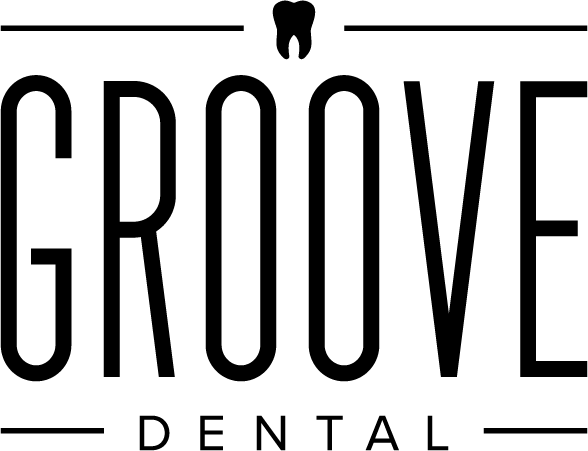We know how to care for our teeth, but have you ever wondered how they got there in the first place?
Tooth Formation
The process of tooth formation and eruption is referred to as odontogenesis. It may surprise you that your teeth begin to take form during gestation (before birth). The ‘germ’ of the tooth is composed of a collection of cells which form the foundation of the tooth’s development. The tooth germ is comprised of three primary components:
- Enamel organ – produces secondary cells which form a protective cap around dentin. Enamel provides protection against tooth decay and is very strong –stronger than bone!
- Dental papilla – These cells produce the secondary cells used to form tooth dentin and pulp. Dentin forms most of the structure of the tooth, including the crown shape. Inside the dentin lies the pulp of the tooth. The pulp is the necessary collection of connective tissue, nerves and blood vessels that keep teeth healthy.
- Dental sac – these cells make the secondary cells necessary to form cementum and the bone that provides support around the tooth’s root. Cementum is formed by a protective mineral layer which aids in supporting the tooth root inside the gums. Cementum is similar to bone tissue, but unlike bone, dentin does not connect to blood or nerves.
Stages of Tooth Development
Stage 1 occurs at around 6 weeks gestation and forms the inner structure of the tooth.
Stage 2 occurs when the outer protective layer of the teeth is developing around 3-4 months gestation.
Stage 3 is announced after birth when teeth begin to erupt from the gum tissue and take their place along the gum line.
Stage 4 is completed as baby teeth fall out.
Sequence of Eruption
Although timelines can vary, parents can typically expect their baby’s first tooth to emerge somewhere between 6 and 12 months of age, with girls’ teeth erupting comparatively earlier than most boys.
The first teeth to erupt should be the lower front teeth, followed by the 4 upper front teeth. By the age of 3, most baby teeth have erupted. Your baby’s primary teeth have completed their eruption process once 20 teeth have erupted.
Dealing with Teething
The eruption of baby teeth through the gingival tissue can cause pain in babies and small children. Signs of teething include red swollen gums, excessive drooling and fingers or toys being chewed on. If your child is teething, consider these tools to reduce pain.
- Babies can be offered a cold compress in the form of a teething ring or a frozen wet cloth.
- Babies may find relief when allowed to chew on a clean finger. Be sure that nails are well groomed.
- Over the counter medication such as ibuprofen or acetaminophen can reduce the pain and inflammation of the gums associated with teeth, but should be offered as a last line of home treatment.
Tooth Loss and Adult Tooth Eruption
Your child will likely notice their first wiggly tooth around 6 years of age, and it will typically be one of the upper or lower front teeth, also referred to as central incisors.
Once the central incisors erupt, you can expect to see your child’s first adult molars erupt at the back of the mouth. By the age of 12, most or all of your child’s baby teeth will have been lost and will be replaced by permanent (or adult) teeth. The adult mouth contains 32 adult teeth.
As adult teeth begin to emerge, they dissolve the root system of the baby teeth causing them to be unstable. This results in the tooth beginning to wiggle, and eventually the tooth is lost.
Caring for Loose Teeth
While loss of baby teeth is a very natural process, wiggly teeth in children can make speaking, eating and cleaning a little more complicated. Here are 3 ways to assist you in managing your child’s loose tooth.
- Eat soft foods – Teeth that are unstable are difficult to use for chewing. We suggest soft foods such as bananas, sandwiches made with soft bread, and soups. Alternately, food can be cut into smaller portions and chewed using teeth on the other side of the mouth.
- Don’t touch – It can be difficult to convince a child not to wiggle their loose teeth, but excessive touching and rubbing introduces bacteria into the mouth and can cause irritation to the surrounding gum tissue. We suggest leaving the loose tooth alone as much as possible, allowing it to fall out on its own.
- Gentle cleaning – It can be uncomfortable to brush a loose tooth, but it is important to keep plaque bacteria controlled. Using a toothbrush with a small head can often make the bristles easier to control, avoiding bumping into the loose tooth. Brush and floss adjacent teeth gently.


